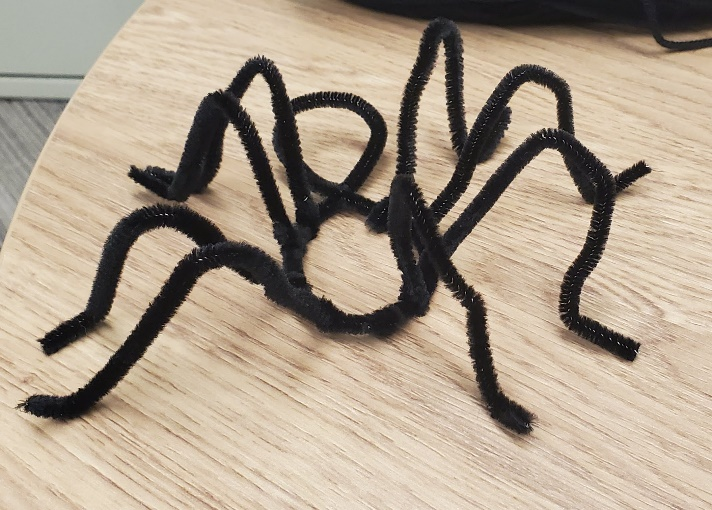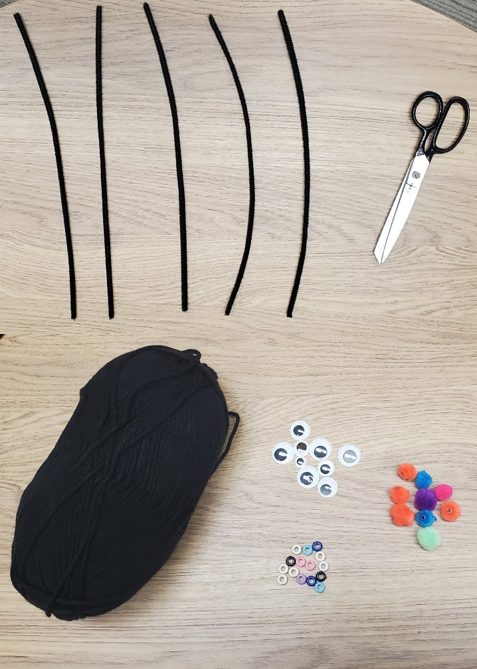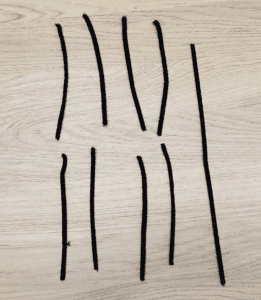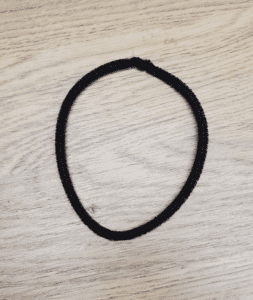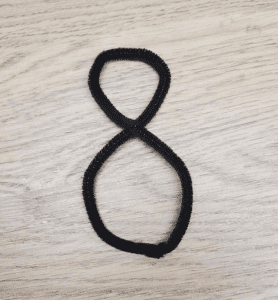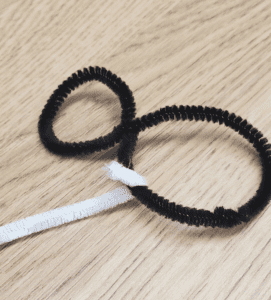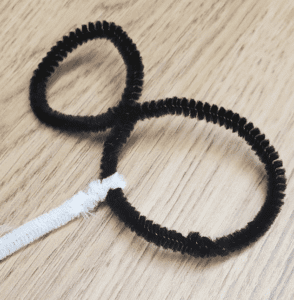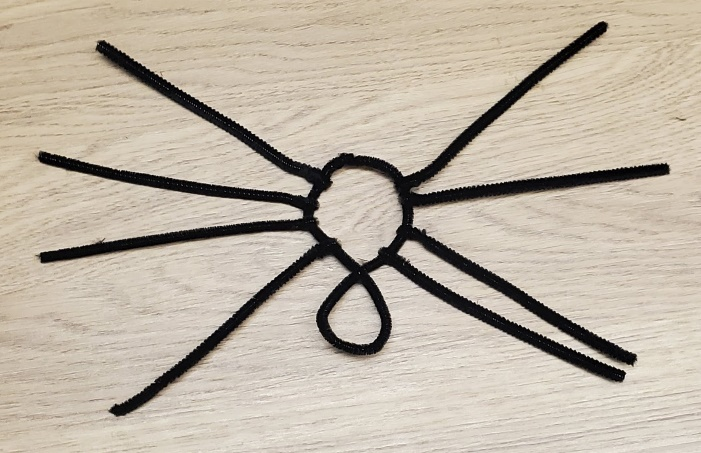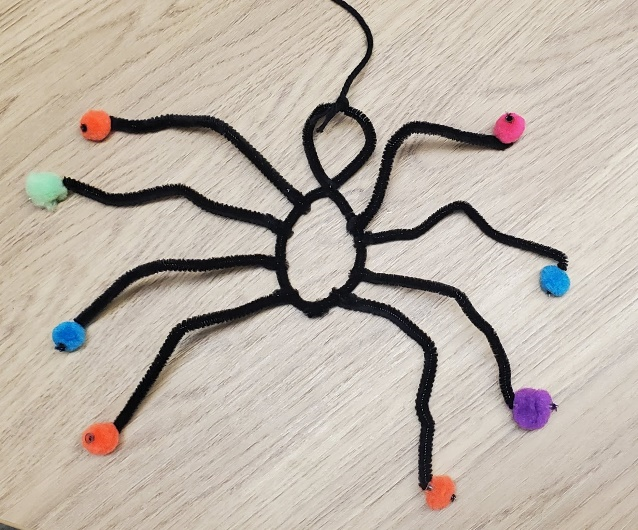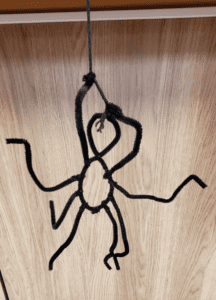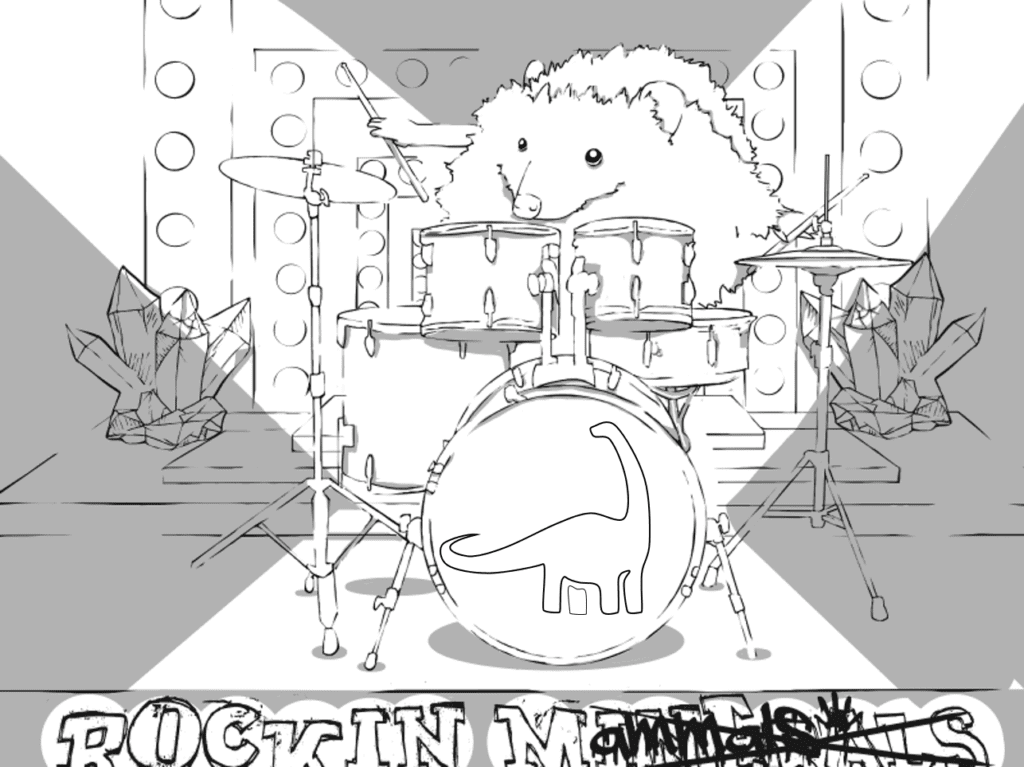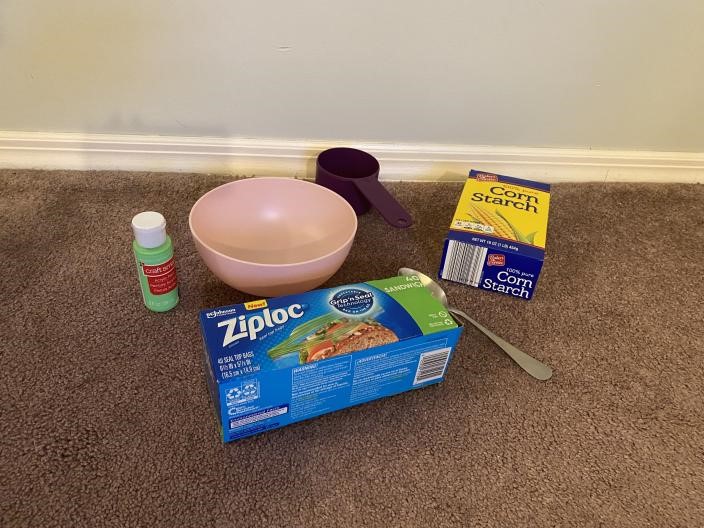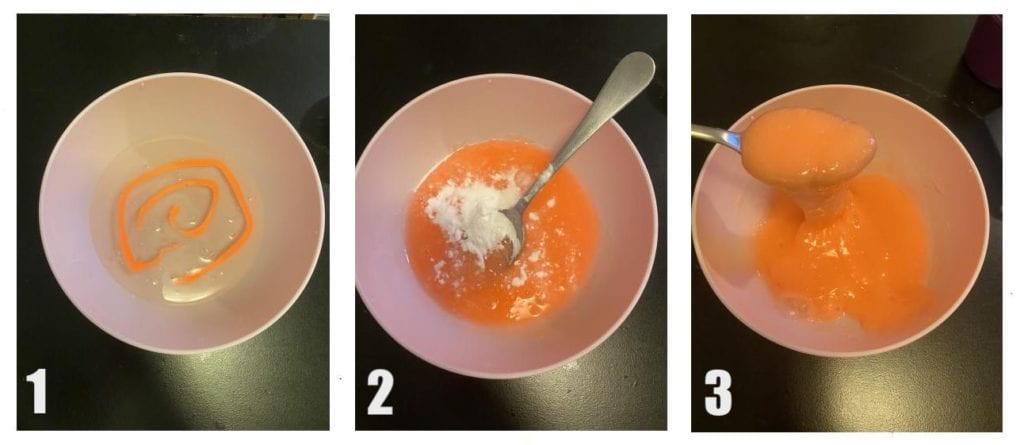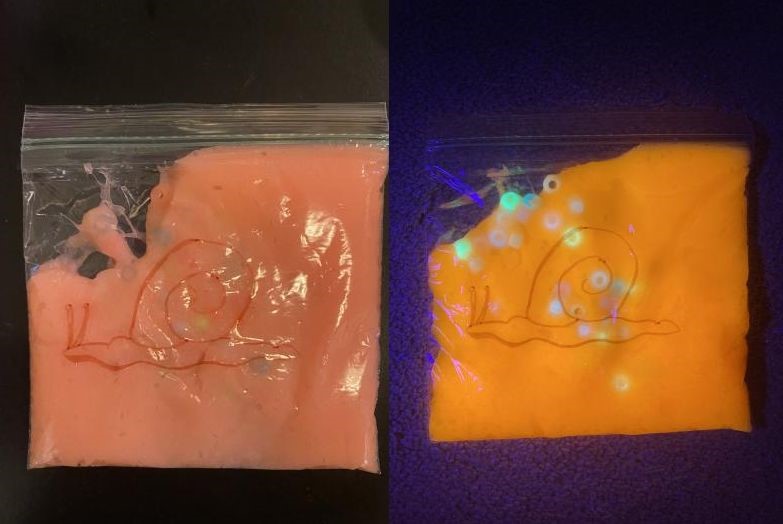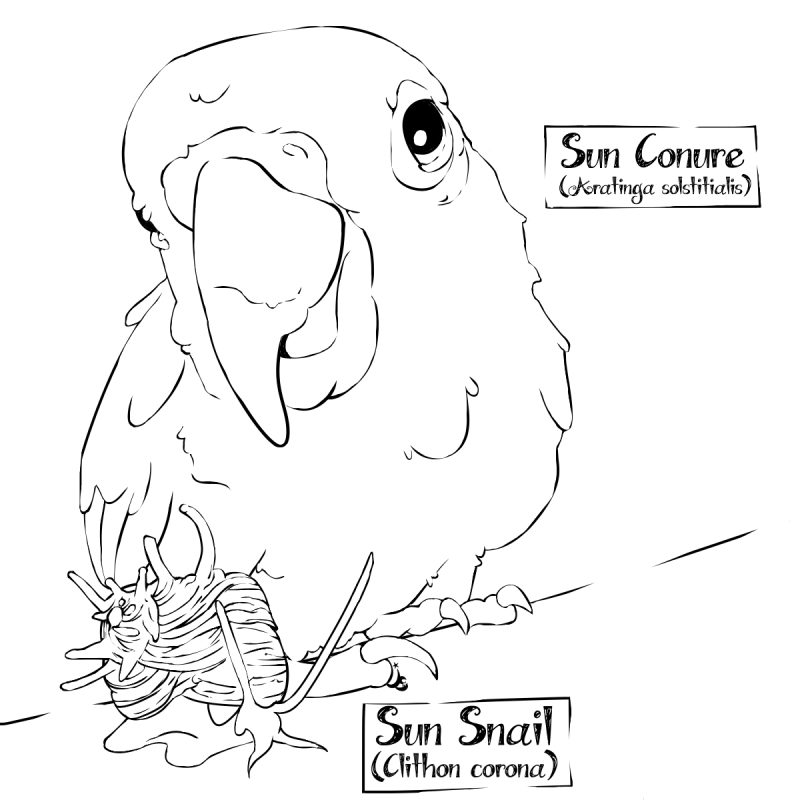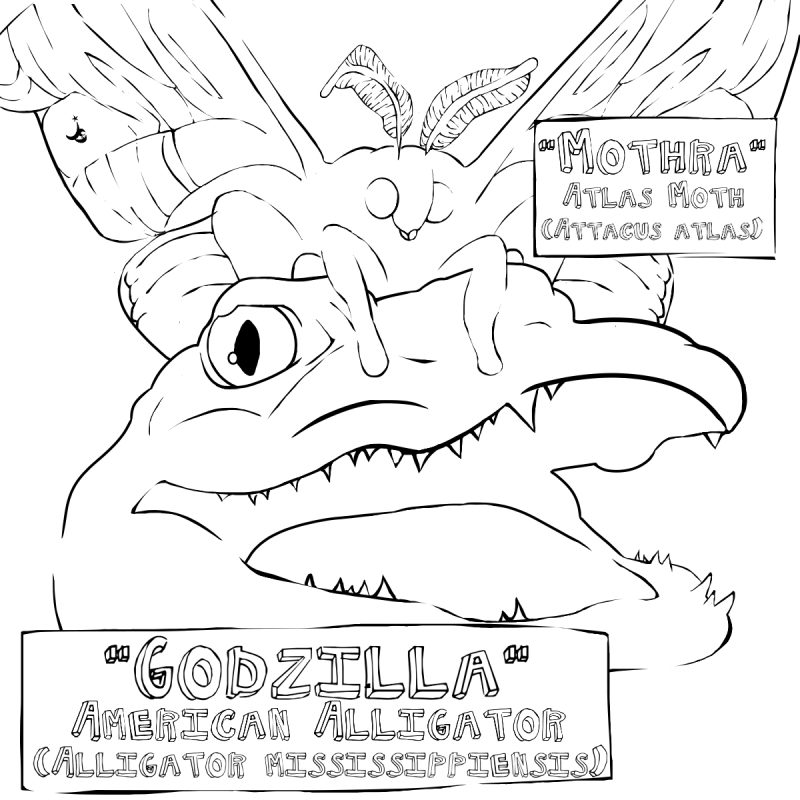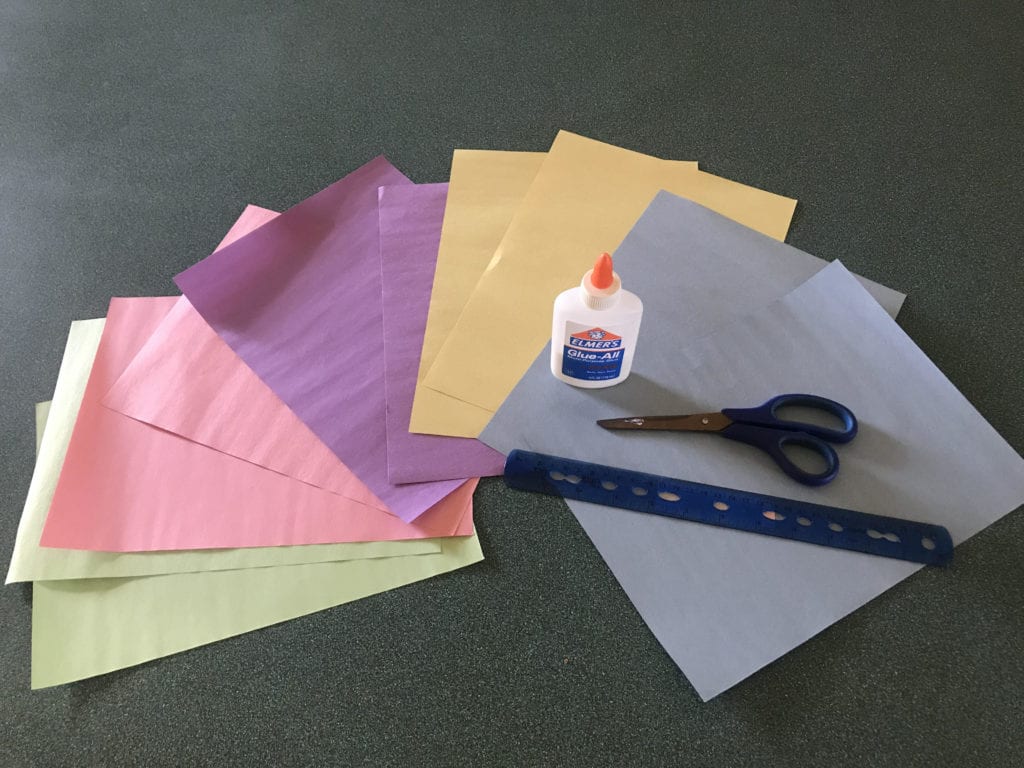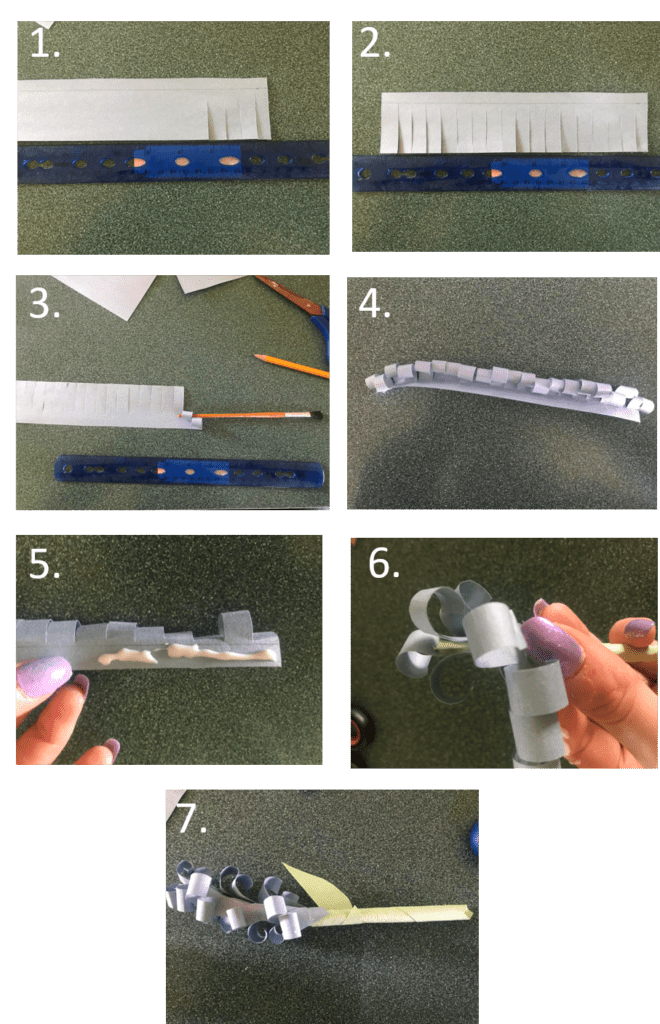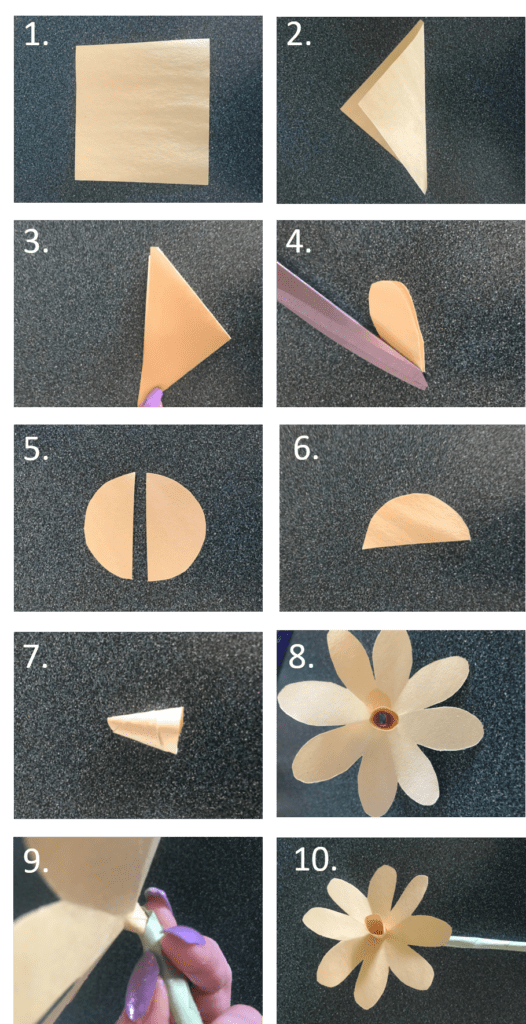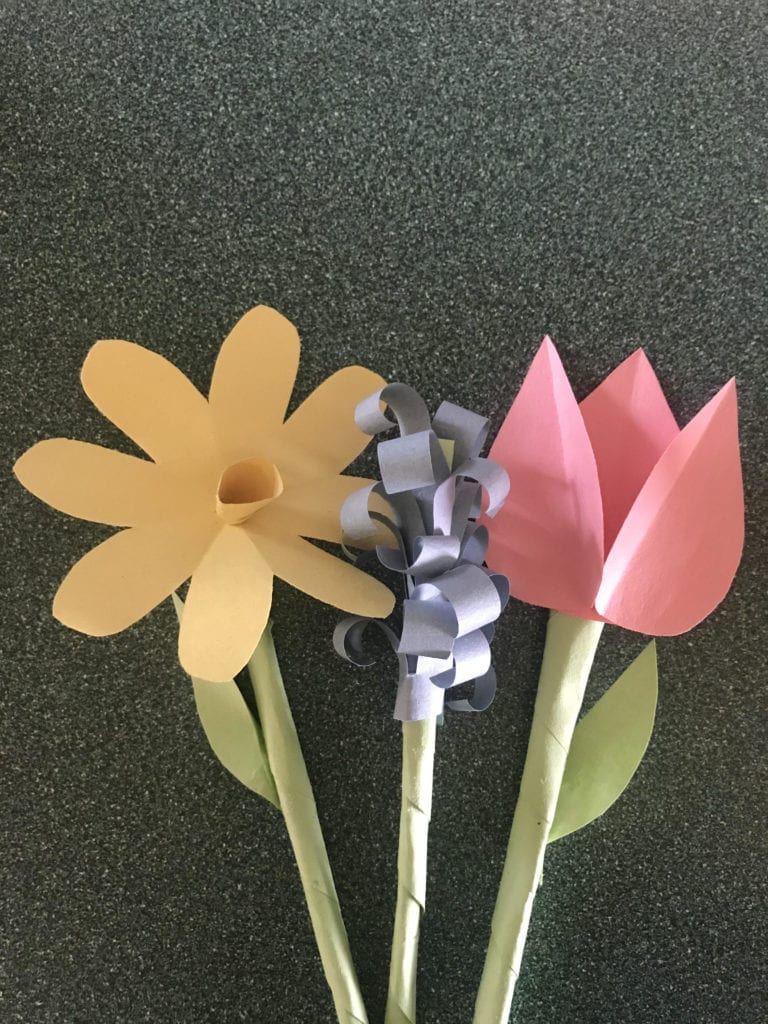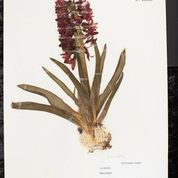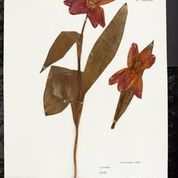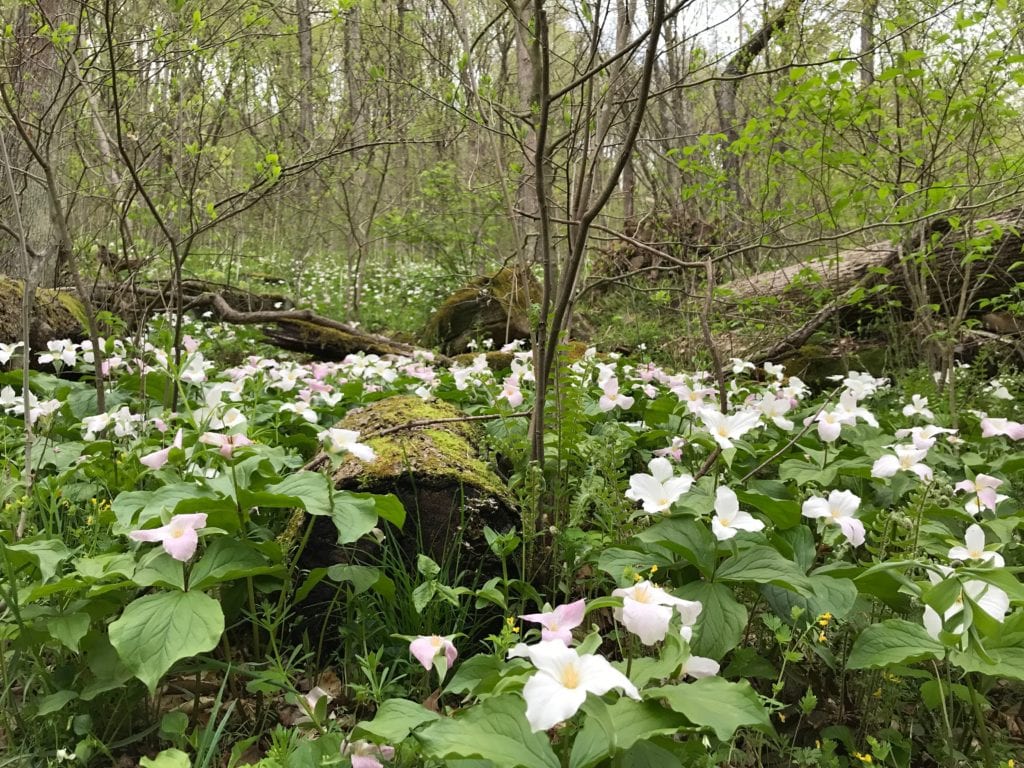by Luke DeGroote
On a crisp fall morning, 30 minutes before the sun rises, the bird banding crew at Powdermill Avian Research Center (PARC) are hard at work setting up the mist nets for a typical day. As the dewdrops fall from the nets and the birds call, everything seems as normal as it has since 1961, but something is different. For the first time, the birds will be processed in a new location. PARC has finally established a new home.
On September 30, 2022, we celebrated the Grand Opening of the Richard P. Mellon Avian Research Center. This new facility is a great leap ahead for PARC that will allow us to continue conducting our avian research as we have since 1961, while also providing new opportunities for outreach, additional research projects, and more efficient data collection. A 60-second video tour provides visual orientation to the facility.
So, what’s inside? The new building consists of a bird holding room, research lab, seminar space, kitchen/lounge, offices, a multi-use lab space, and an observation deck.
Bird Holding Room: This space is used by the bird banding techs. It allows easy access to the bird bags, radios, and carabiners, and has spaces for the birds to await their turn to be processed in the lab. The addition of this room frees up lab space and prevents the processor, recorder, and bird banders from being interrupted while collecting data.
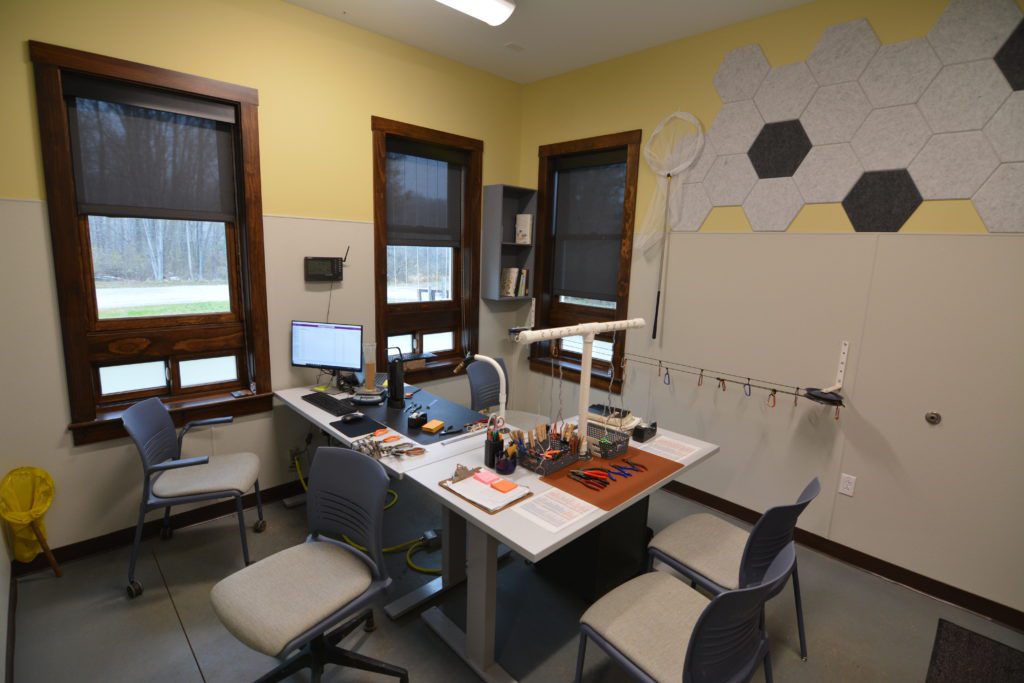
Research Lab: This room mirrors the original setup in the old building. Birds are banded and processed here on a day-to-day basis. PARC’s bird banders have captured and processed over 800,000 birds with many more to come in the lab’s future.
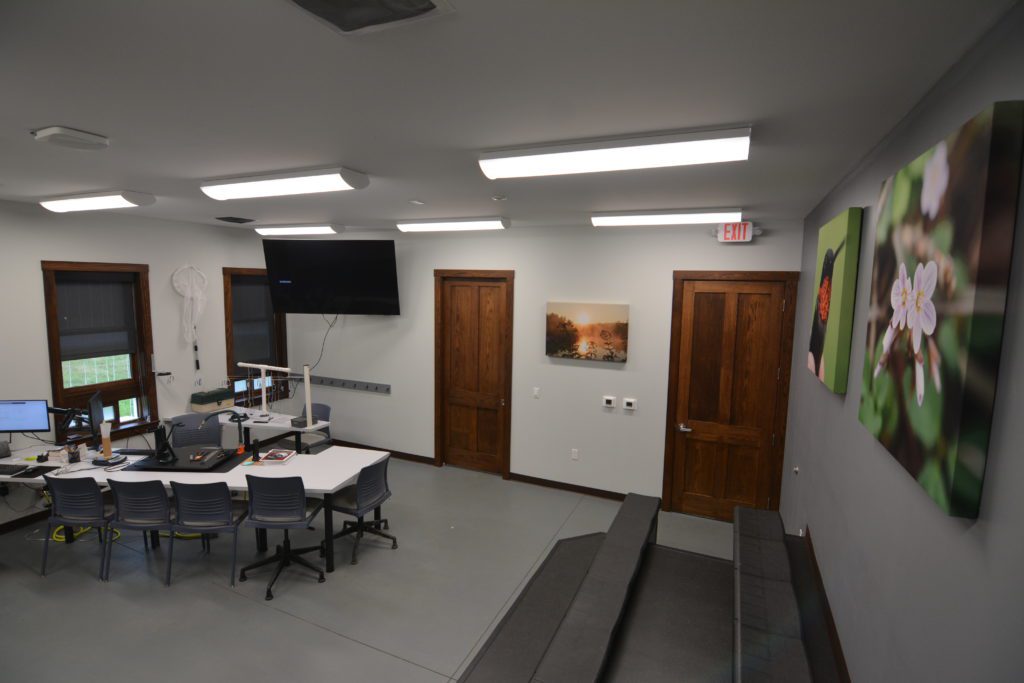
Seminar Space: This classroom space will now allow large groups to visit us for field trips, open houses, and guided tours. This space has a similar setup to the research lab with the addition of lecture-style seating and a video screen that allow groups to see bird banding up close and learn about PARC’s many avian research projects.
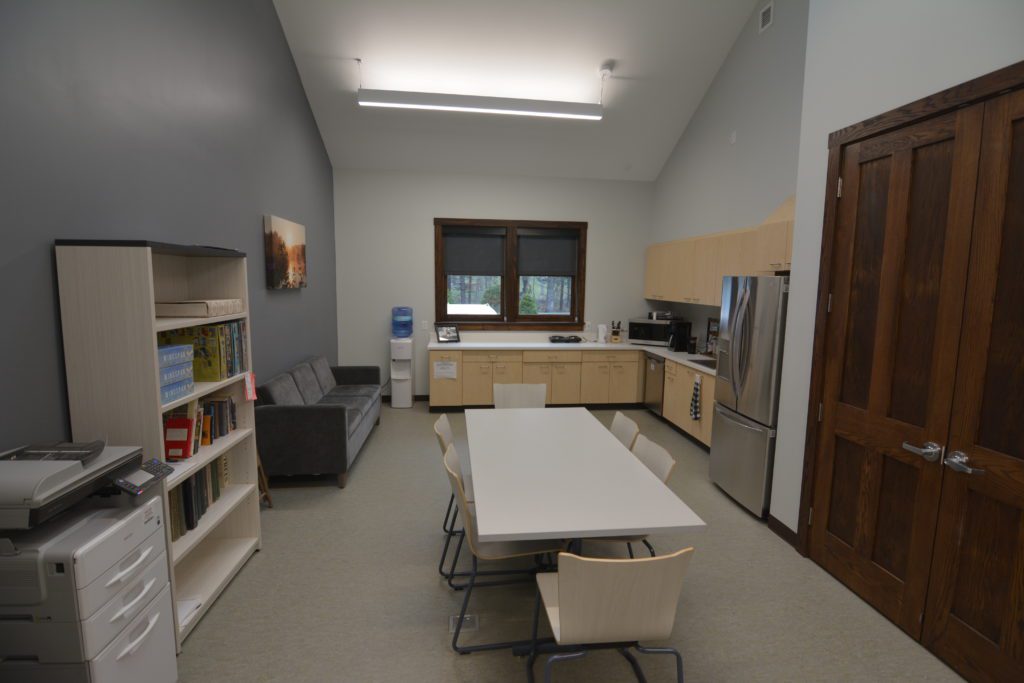
Kitchen/Lounge: This is a much-needed space where we can fuel up on coffee for our early mornings or late nights, or where workshop participants can take a snack break. It’s also a fantastic place to play our favorite board game (Wingspan, of course).
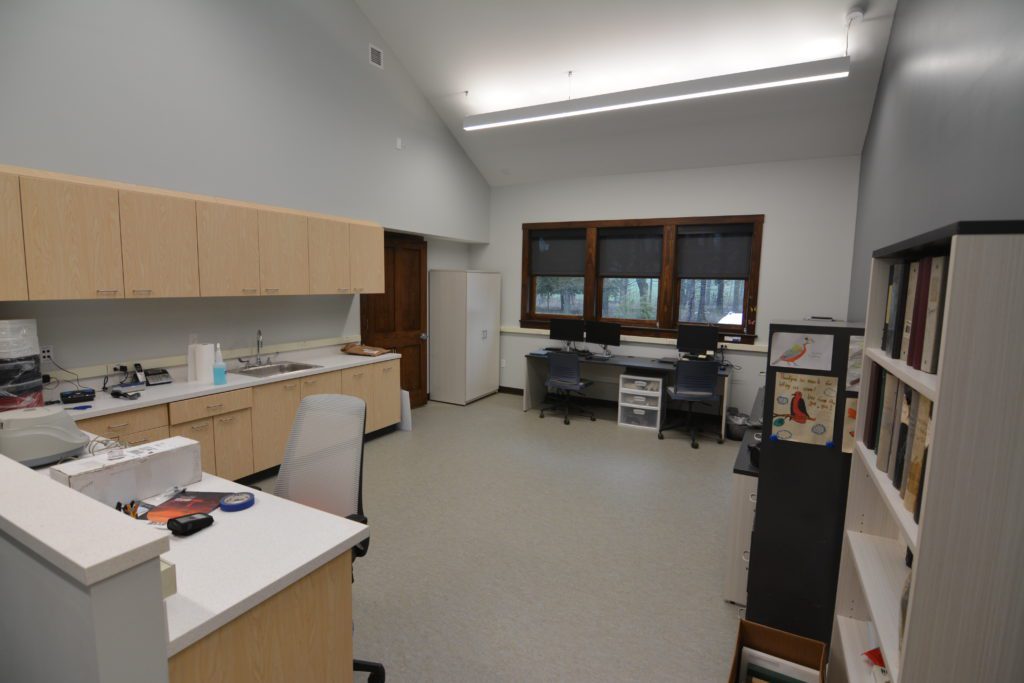
Lab: This multi-use space has proved to be a great addition for PARC staff and collaborators. There are desks and computers for the Avian Outreach Tech, Flight Tunnel Tech, and visiting researchers. The space is also utilized for data proofing and ongoing research projects.
Although the move from the original building was bittersweet, we are so thrilled to continue conducting avian research from this new space. Thank you so much to everyone who helped this new building come to life. The opportunities with this new building are endless.
Luke DeGroote is Avian Research Coordinator at Powdermill Nature Reserve, the museum’s environmental research center.
Related Content
An Intern’s Experience Studying the Ecosystem at Powdermill
Encounter With an Orb Weaver Spider: Is It Predator or Prey?
Carnegie Museum of Natural History Blog Citation Information
Blog author: DeGroote, LukePublication date: December 1, 2022
